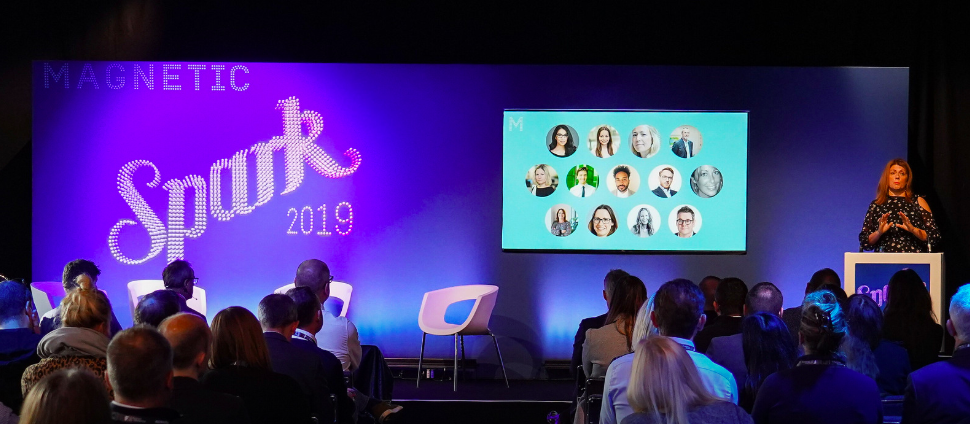
Taking place within the Festival of Marketing at Tobacco Dock, Spark 2019 explored how our understanding of consumer engagement with advertising is evolving in today’s multi-platform media environment.
Sue Todd, CEO of Magnetic, set up the morning by highlighting the unique strength of magazines, as highlighted by Magnetic’s Pay Attention! research carried out in conjunction with PHD. Handing over to Dominic Mills, moderator of the morning’s first session, she said: “From an advertising view particularly, it’s really important to understand what’s happening to consumers’ attention and the difference between the attention we might give to something

when we feel distracted and the attention we might give to something like a printed magazine when we feel more engaged”.
Mills went on to reinforce the point – “Attention feels to me as if it’s the next frontier of the way we think about media and consumers,” he said. “In an era of chaos and information overload, attention is vital. After all, attention is the starting point for marketing effectiveness. If no-one pays any attention to your ad, then you’re not even in the game.”
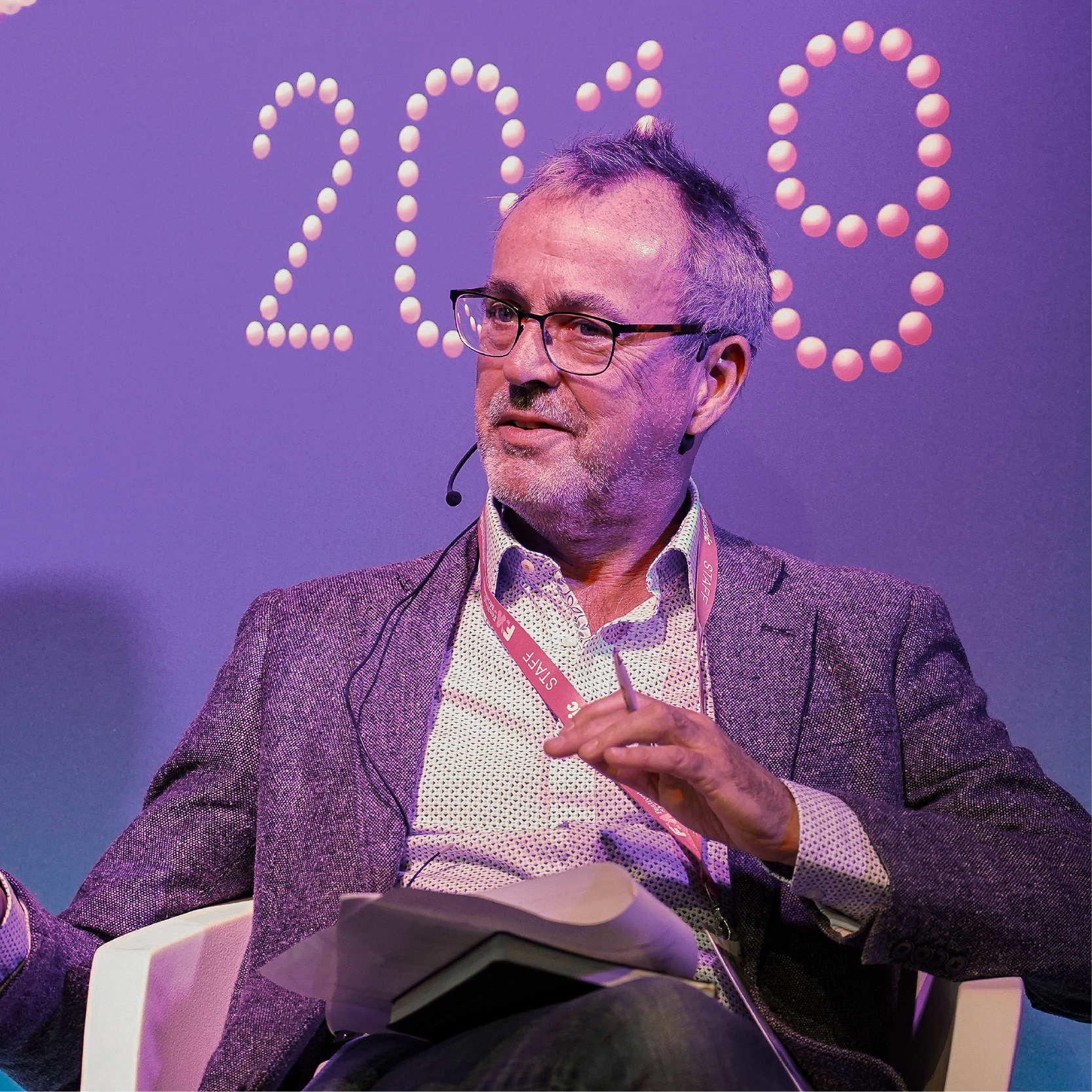
Shazia Ginai, CEO, Neuro-Insight – ‘Attention & the Brain’
Shazia provided an overview of research Neuro-Insight has conducted in partnership with Magnetic, which measured the brain activity and behaviour of 120 people when exposed to media content from a variety of media platforms, including magazines.
She emphasised that from a neuroscience perspective, there is a clear difference between sustained, undivided attention and the more visceral attention that is more a product of reflex. Magazines were shown to generate a strong right brain response – essentially a highly emotional reaction that is crucial for encoding information deep into memory, ready for recall at a later date.
“What we found was that, contrary to most other media, magazines are so much more differentiated when it came to that right brain response,” she said.
“This strong response is primarily driven by emotional intensity. Emotional intensity is the extent to which an individual is energised, captivated or engrossed by a particular communication. On this measure, magazine
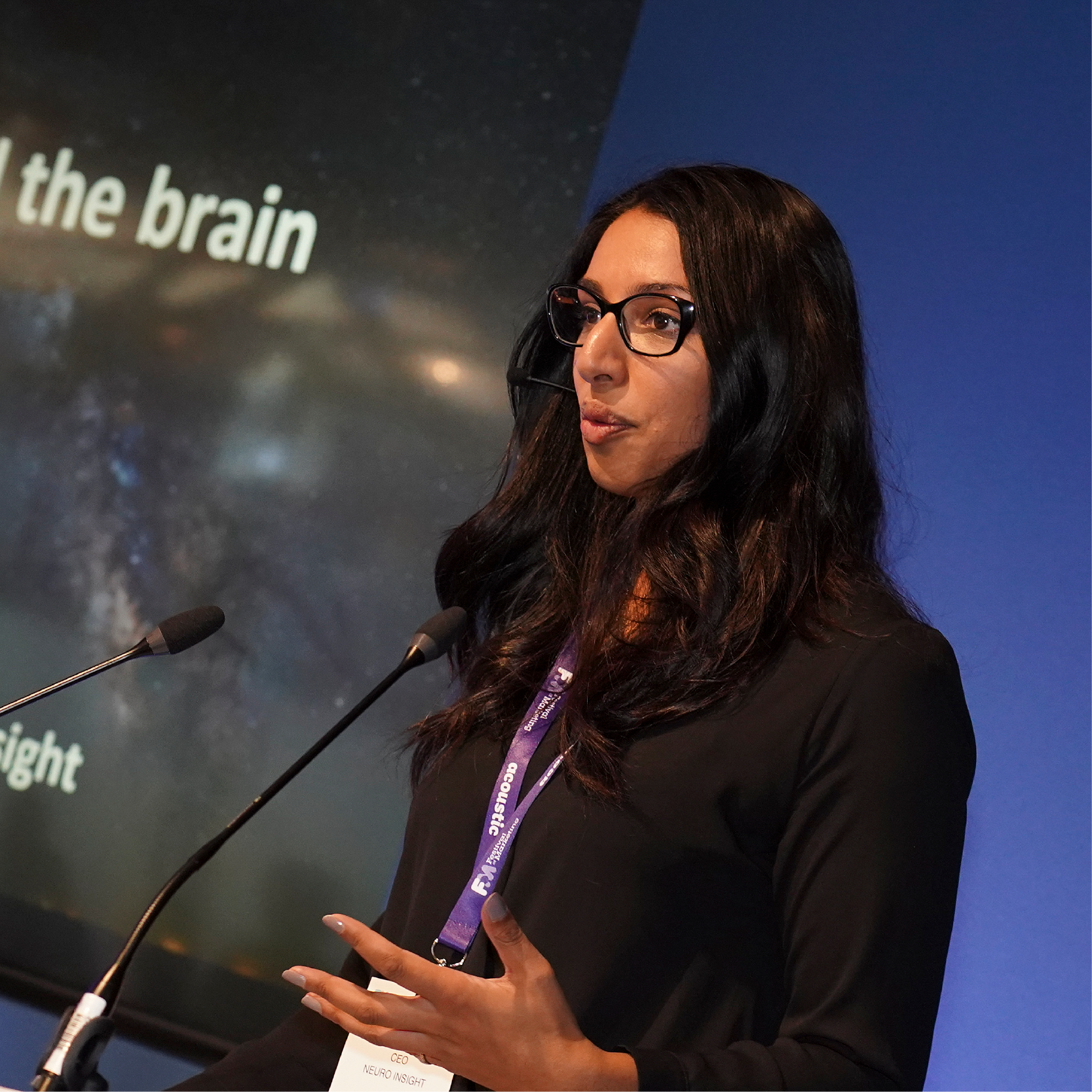
advertising outperformed all other media types. The strong emotional response to advertising elicited by magazines adds colour to perceptions of the brand – essentially you are colouring the memory.
This neuro-based evidence demonstrates the brand building strength of magazines to develop deep rooted emotional connections with consumers and we know from the work of Binet and Field that brand building is important when it comes to long term brand health.”
Shazia’s deck can be found here
Paddy Adams, Chief Strategy Officer, MG OMD – ‘How do we advertise to the new generation of three year-olds?’
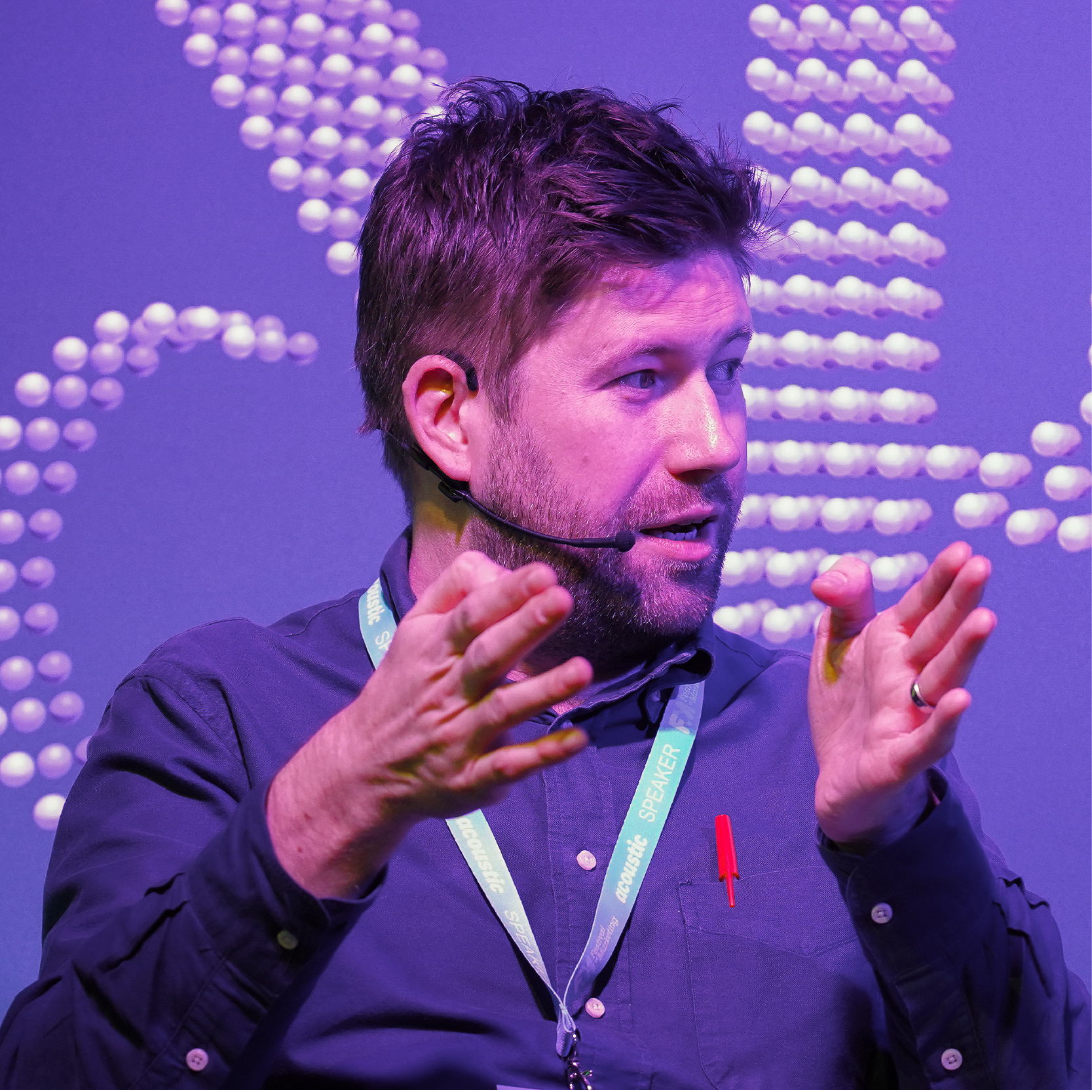
Paddy posed the question of whether we should be treating consumers like three-year-olds. The premise was based on the insights that today’s consumers have a finite amount of attention to apportion to their media choices but are exhibiting a decline in empathy levels and an increase in narcissism – all traits common in three-year-olds.
For an answer, MG OMD sought out the expert advice of child psychologists, which uncovered five key rules of engagement when dealing with this age group.
They are:
- defining yourself as a relevant object in their world
- role modelling – aligning the content with its context
- scaffolding – presenting information in simple layers; limiting choices; and using simple visuals.
While essential for effective communication with toddlers, Adams said the rules can also provide some learnings for media planners: “If we agree that attention is fragile, it could be interesting to think of it in terms of the smart techniques from teachers in classrooms to command as much of that attention as possible.”
Paddy’s presentation can be downloaded here
Katie Hartley, Partner, Activation Strategy, Amplifi – ‘The Attention Economy’
Katie introduced results from the first phase of an extended research programme conducted by Dentsu Aegis Network that used eye-tracking technology to identify attention levels across video platforms.
The work has been carried out on the basis that reach and opportunities to see are in abundance thanks in part to the immense scale of digital but that there is an “uncomfortable truth” that favourability of advertising is
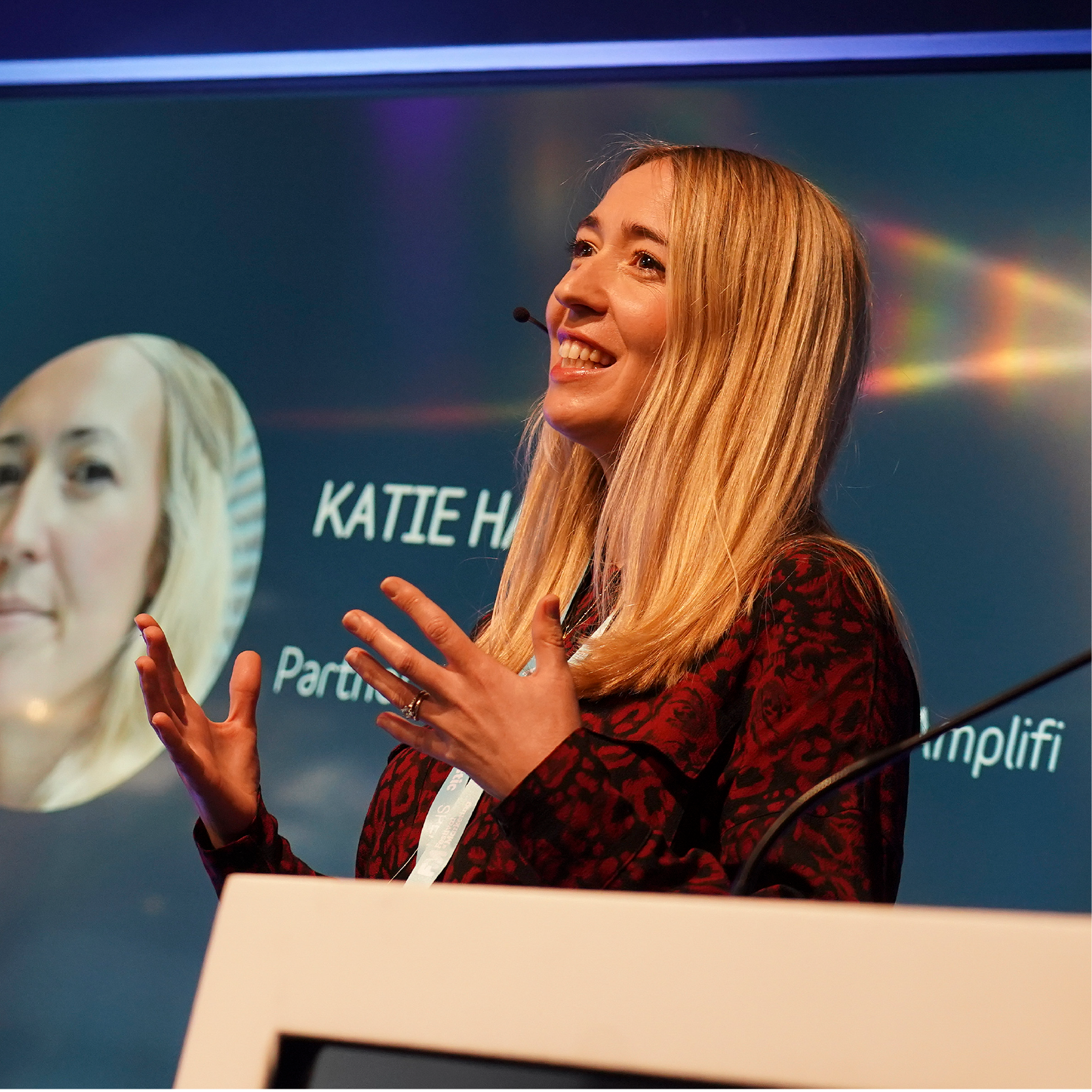
comparatively low. The work has been carried out on the basis that reach and opportunities to see are in abundance thanks in part to the immense scale of digital but that there is an “uncomfortable truth” that favourability of advertising is comparatively low.
“There’s never been a more pertinent time than now to move beyond the headline reach figure,” said Katie. “Attention is a metric that matters.”
There is potential, she said, for agencies to use deeper understanding of consumer engagement to move towards planning, trading and reporting on attention, and also filtering attention into the creative process, adding that magazines presented an attractive blend of “attentive reach”.
From this initial wave, we found distinct differences between attention types and lengths across the three channels measured, demonstrating as we thought, that not all impressions are not equal.
And crucially, it proved that attention drives outcomes which was a key step for the programme.
Katie’s presentation deck can be viewed here
[ For more details on the panel that followed these presentations click here ]
Anna Sampson, Insight & Strategy Director, Magnetic – Attention Pays
Anna revealed the initial findings from Magnetic’s latest research ‘Attention Pays: Optimising for Profit’ conducted with Benchmarketing that analysed the Profit ROI of magazines within cross-platform media campaigns. The work was carried out in the wake of the Radiocentre and Ebiquity study that uncovered the extent of the disparity between the performance of various media and marketers’ perceptions.
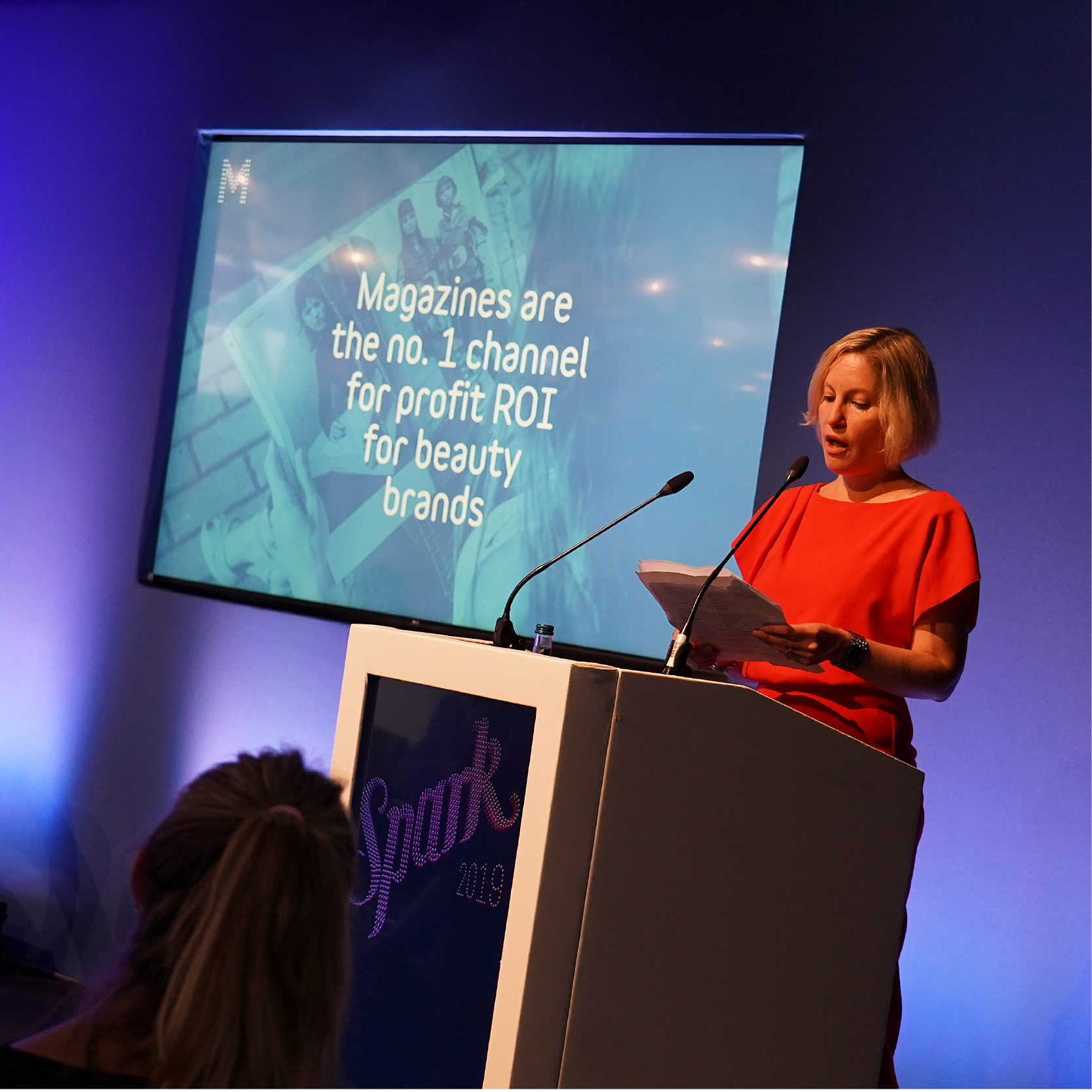
Benchmarketing mined Profit ROI data from their database of 1000’s of models. For this study they compared 125 campaigns that used printed magazines with similar campaigns that didn’t.
The findings, said Anna, presented a case for rebalancing the media mix. “At an aggregate level, the market is underinvesting in magazines, and not achieving the optimal profit ROI that they could be.”
The work explores what this means for key vertical sectors. In beauty, for example, an optimal investment of 5% of budget would deliver brands a potential improvement in profit ROI of 164%. For brands in the finance sector, with an optimal 6% of budget directed towards magazines, there is potential for an improvement of 68%.
At a conservative estimate, this translates to an overall market underinvestment of £220m in magazines, said Anna, providing budget holders with tangible food for thought whether they are currently deploying their budgets for optimal gains.
“In a competitive market, where every single pound counts, isn’t it a good opportunity to think about optimising to drive your profit ROI and invest in printed magazines?”.
The full ‘Attention Pays’ research deck can be viewed here
CLIENT CASE STUDIES
1. BARCLAYS presented by Rob Ratcliff, Head of Content, Barclays Corporate Banking and Darren Burroughs, Director of Content Studios, Dennis
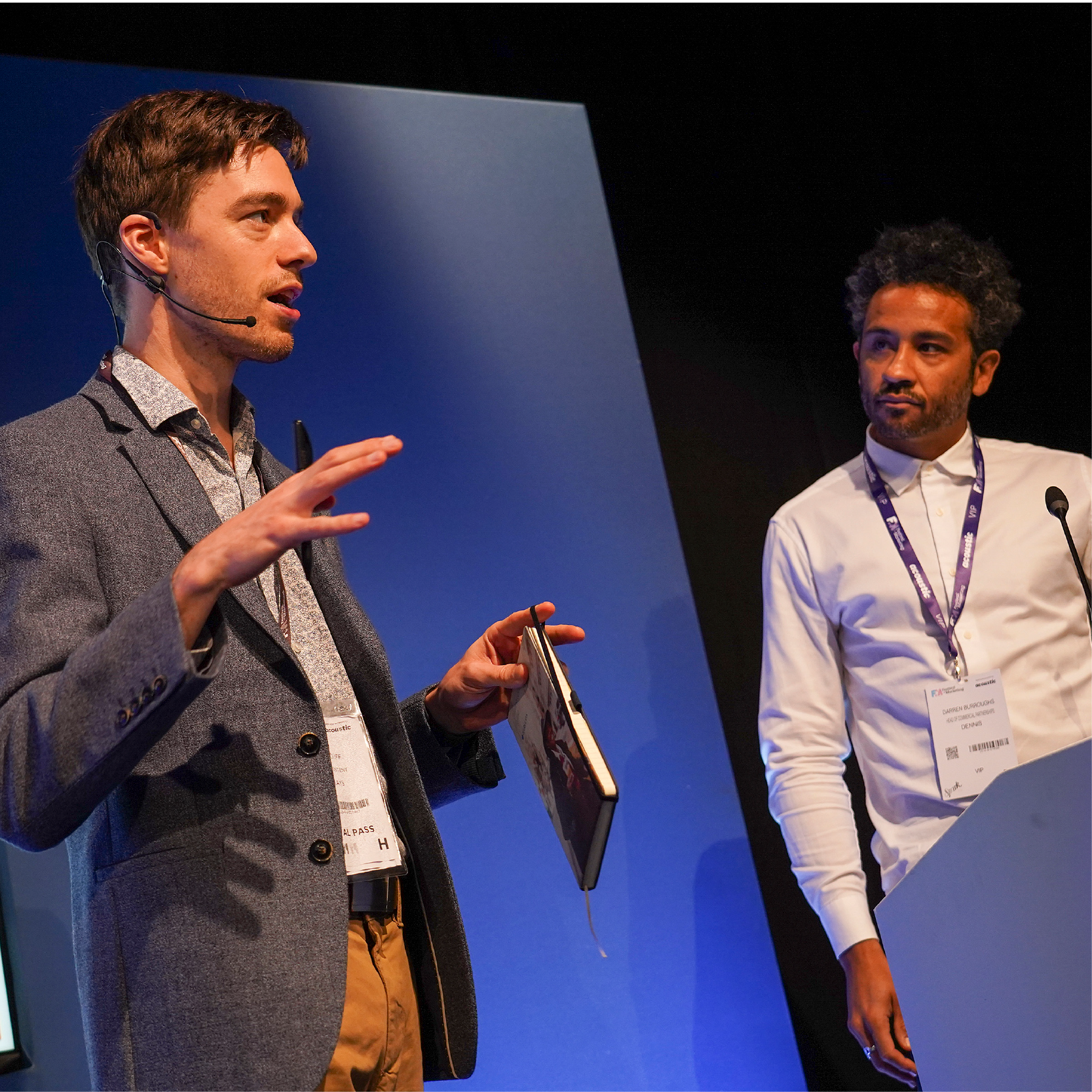
Darren and Rob shared the story of their successful partnership with The Week to position Barclays as the banking partner of British business.
Whilst other media brands could offer superior scale, Darren said The Week’s relationship with its readers was at the heart of their pitch. The title, which has a strong subscription focus, is devoured for 72 minutes per issue,
presenting an opportunity to generate real attention among the target audience by weaving the message into the fabric of the magazine.
The campaign’s creative concept was based on flipping the negativity surrounding Brexit on its head and highlighting positive British business stories. While print was at its core, it was a multi-platform campaign, with digital activation and a particularly successful podcast.
The results showed the potency of this blend of message and media, successfully shifting perception among the target audience. Darren said: “The campaign worked really well because of the effectiveness of the channel mix but also because of the attention that we know our audience has, firstly with the magazine but also with the audio platform.”
Rob added: “Our long-term objectives are always to move consideration and awareness. For these two metrics, to be ahead of HSBC is a really significant for us.”
Rob and Darren’s presentation can be downloaded here
2. SMART ENERGY presented by Gavin Sheppard, CMO, Smart Energy GB
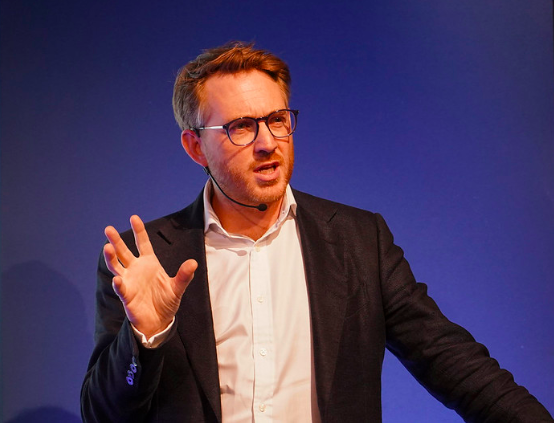
With a brief to transition 26m homes to smart meters in the context of the fact that consumers spend less than one minute on average per year thinking about their home energy supply, Smart Energy GB certainly faces a challenge when it comes to engagement.
While interest among its target audience is low overall, understanding was weakest among younger people. However, Smart Energy GB identified a high potential for conversion among this group as once they grasped the concept, they were quick to adopt – the challenge was how to get their attention.
Cosmopolitan’s answer to the brief, centred on The Power of 10p, was a creative, multi-platform campaign featuring real readers challenging each other to get ready for a night out with just 10p of energy between them. It achieved a four minute dwell time (compared with a Facebook benchmark of two seconds) and a third of people even took action and contacted their supplier about installing a smart meter.
“It was brought to life in a way that was authentic to the publishing brand, authentic to us and really made sense for those readers. The results were great: really good engagement, great dwell time.”
Some of the key learnings, said Gavin, were the flexibility of magazine brands, their cross-channel strength, the value of high-quality attention and the influence of trusted voice but the most important was the power of collaboration between agency, publisher and client.
Gavin’s deck can be viewed here
3. P&G and UNILEVER presented by Laura Chase, Head of Create Development, Hearst UK
Laura spoke about Project Body Love, a major partnership between the publisher and P&G that has been designed to affect lasting positive change on the issue of body confidence.
Led by Women’s Health but supported by Cosmopolitan, Elle, Red and Good Housekeeping, the multi-platform campaign delved into consumer attitudes on the subject
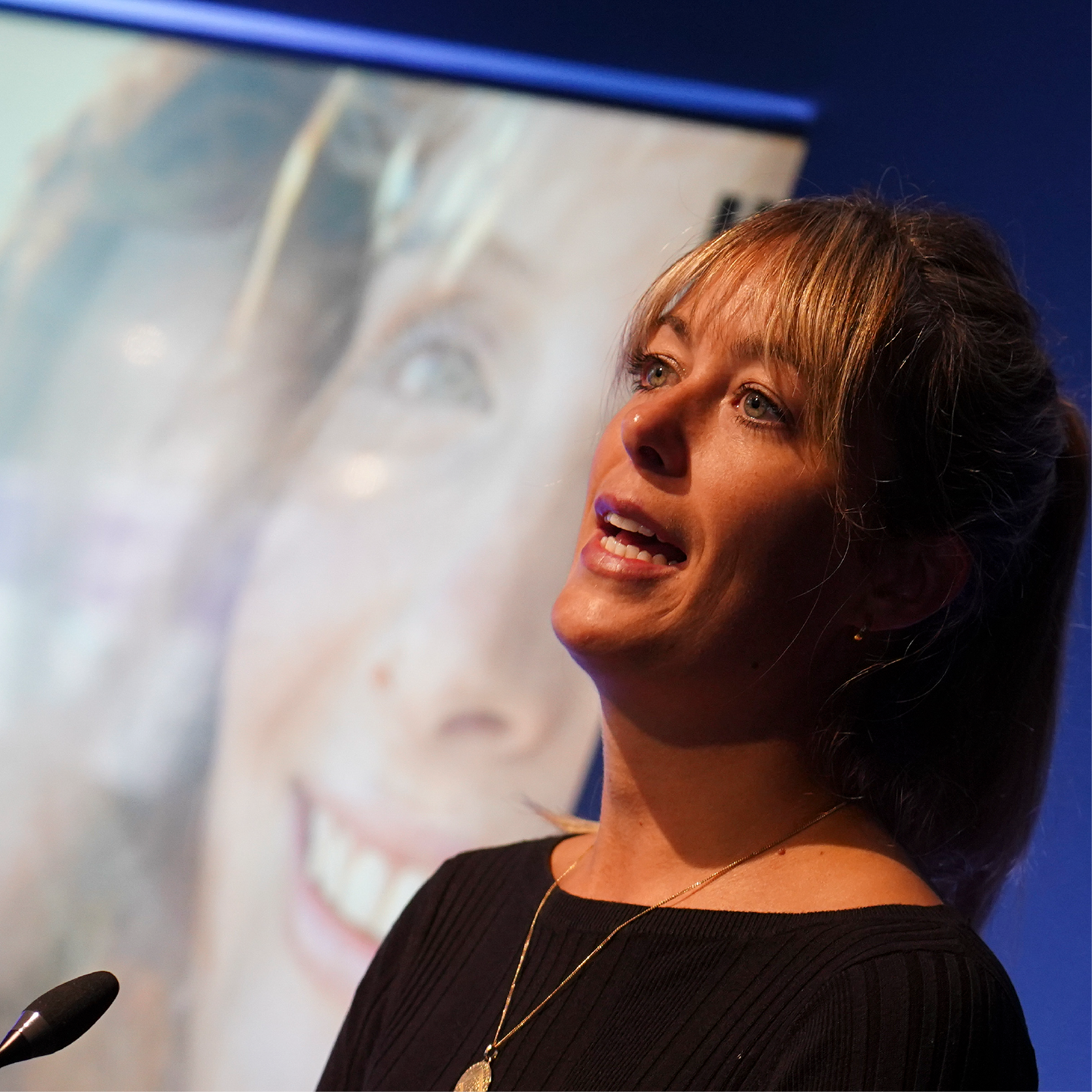
and uncovered high levels of self-criticism and negative language among women in relation to their bodies.
Through editorial, podcasts, live events, collaborative work with influencers, and long-form e-book content, the partners have addressed these issues, shining a light on negativity while encouraging positivity and body confidence.
“The campaign is empowering, it’s really diverse, it’s really inclusive and it’s incredibly positive – that’s everything that P&G and the beauty industry should stand for, and it’s a really strong example of a brand using advertising to do something really great.”
Laura also gave an overview of a multi-channel campaign Hearst created for Unilever’s Comfort brand, which aimed to connect with Millennial and Gen Z audiences to drive sales. The resulting ‘Long Live Clothes’ campaign reached 1.4m people within the target audience, tapping into their passion around the subject of sustainability.
Laura’s presentation can be downloaded here
[ For more details on the panel that followed these presentations click here ]
Mark Ritson, adjunct professor of marketing, Melbourne Business School
In a no-holds-barred analysis of magazines’ place in the media landscape, respected academic, consultant and Marketing Week columnist Professor Mark Ritson made the strategic case for the medium’s “catalytic effect” in boosting the performance of multi-platforms campaigns. Reflecting on the level of change since 2005 – which he said feels like “a different f*cking century” – Ritson said magazines are currently facing a perceptual challenge. He explored data from the Re-evaluating Media study from Radiocentre and Ebiquity to highlight the dissonance between the medium’s perceived and actual effectiveness among advertisers.
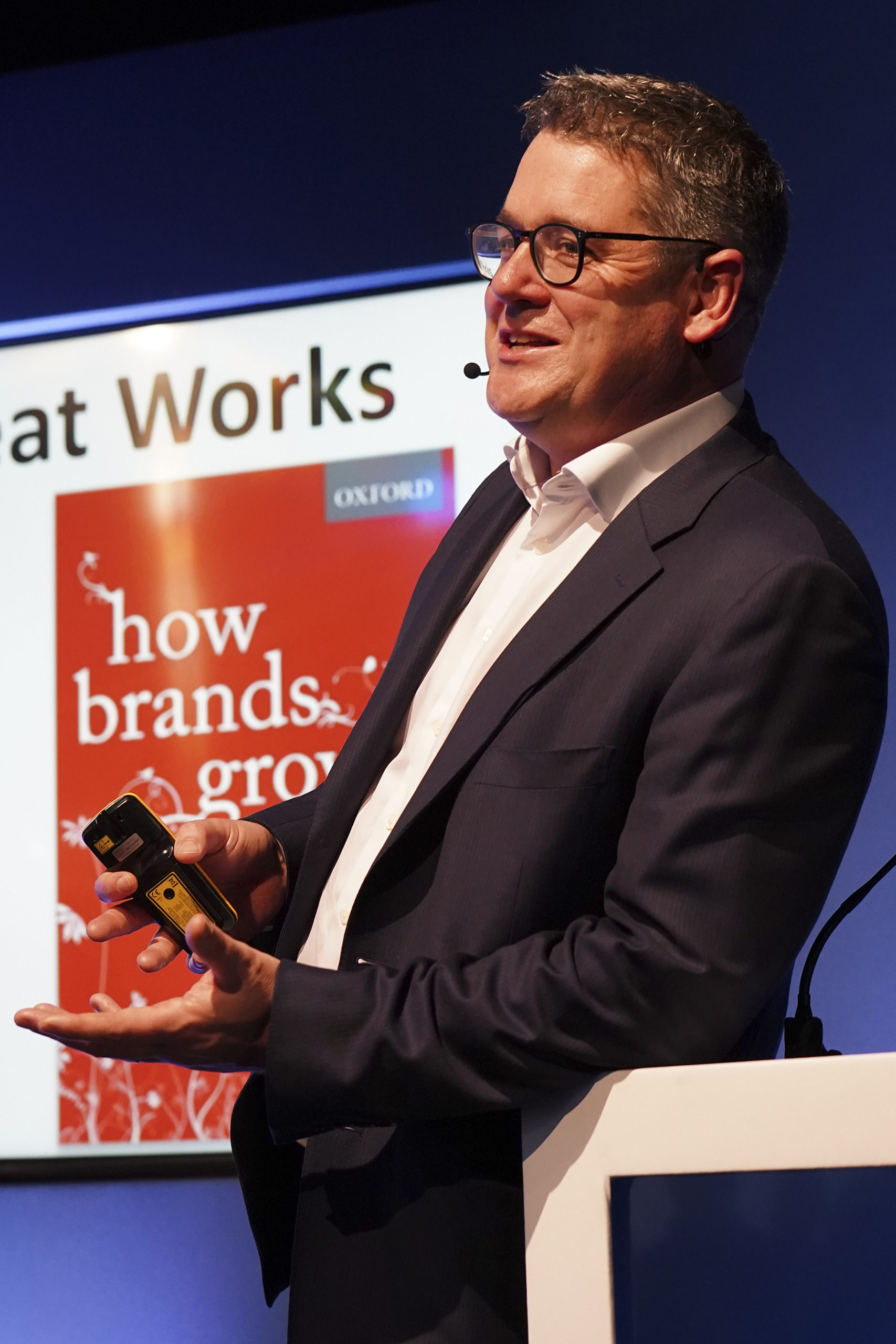
“The factual advantages of magazines remain incredibly attractive, and so we have what can only be described as a marketing problem,” he argued.
Ritson emphasised three particular areas of strength for magazines that are underlined in the study and undervalued by advertisers: ROI, emotional response and brand salience.
For ROI, he pointed to the role of magazines in Nike’s Colin Kaepernick campaign, where bold print advertising created real impact among the many other channels used. Adding magazines into the mix makes for “a very effective catalyst for overall ROI”, he said.
Ritson went on to discuss magazines’ unique ability to generate emotional reaction and drive brand salience. As outlined in The Long and the Short of It by Binet and Field, this is a powerful counterpoint to the current emphasis on short-termism, and it is a point also underlined by work from influential thinkers such as Kevin Keller, Byron Sharp and Daniel Kahneman.
“Salience is 80% of the job in my opinion, and it’s becoming more and more important,” he said.
Ritson added two further traits of magazines that were not highlighted by the study: signalling – the use of print advertising to indicate stature, intent and confidence; and cultural imprinting – the ability to make a statement that is seen and shared by a particular audience or community rather than micro-targeted to an individual.
“Magazines have such great potential. Your campaign ROI as a key support or catalyst channel is spectacular,” Ritson concluded. “The long-term capability for magazines to offer incredible emotional charge is something clients want and that you can deliver with great magazine advertising.”
ALL THE PHOTOS FROM THE MORNING CAN BE FOUND HERE



